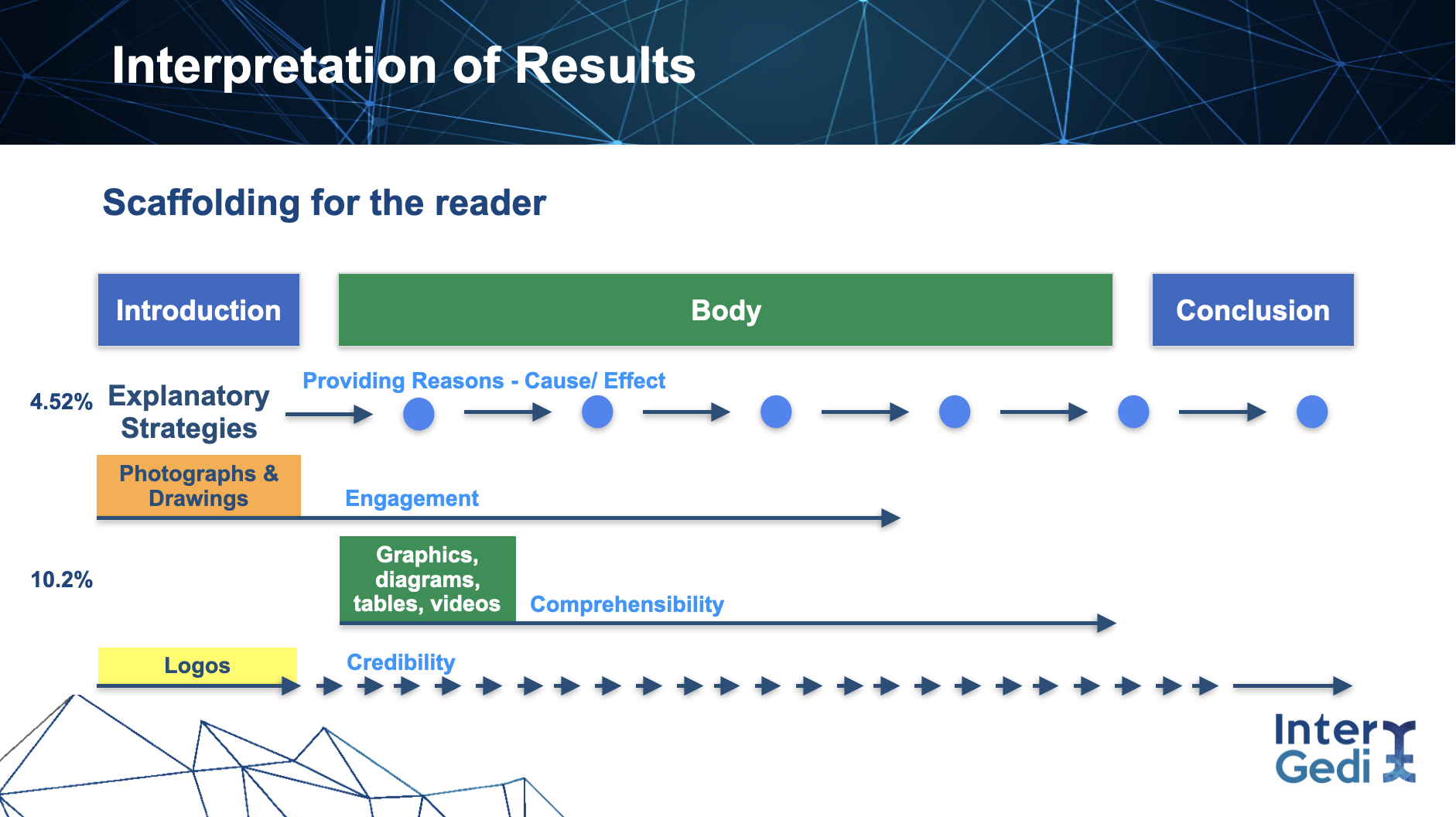AELFE 2025: LUIS MARTÍNEZ-KLEISER REPORTS ON THE USE OF EXPLANATORY STRATEGIES IN SCIENTIFIC TEXTS FOR ADOLESCENTS

Luis Martínez-Kleiser was one of our InterGedi members who took part in the 2025 AELFE Conference, celebrated at Universitat Jaume I and organised by the GRAPE research group based in Castelló de la Plana. This XXIII edition of the international conference was held between the 25th and the 27th of June in 2025.
His presentation focused on exploring the use of explanatory strategies, analysed through the lens of a cognitive approach, in his corpus of digital scientific dissemination texts for adolescents. Under the title of “The role of explanatory strategies in the recontextualization of scientific knowledge for adolescent audiences in digital media”, his paper threw light on these recontextualisation strategies by looking into both linguistic and visual elements.
Find out more about his abstract here:
The role of explanatory strategies in the recontextualization of scientific knowledge for adolescent audiences in digital media
The Internet is an open gate to knowledge for curious adolescents, who now live exposed to information regarding scientific topics of their interest. Climate change, the quest to find renewable sources of energy or aspects related to their mental and physical health are among their worries. In this context, websites match knowledge generators’ desire to popularise science and knowledge users’ (adolescents among them) to find reliable sources of information (Lores, 2023). When expert content is communicated to general audiences, recontextualization plays a key role. This study focuses on the process of recontextualizing expert science content for teenage audiences. In particular, it aims to analyse the frequency of use and function of explanatory strategies (Mur-Dueñas, 2024), drawing on the framework of cognitive discourse functions (Dalton-Puffer, 2023) and how these contribute to giving reasons or providing causes for certain scientific phenomena. It also examines to what extent visual elements act as an extension or elaboration on these strategies to assess the impact of multimodality on recontextualization (Van Leeuwen, 2005). The analysis is based on the SciDisTA (Scientific Dissemination for Teenage Audiences) corpus, part of the SciDis database compiled by the InterGEDI research group. SiDisTA consists of 30 texts regarding Natural Science and Health, which come from three different adolescent-targeted websites. To ensure credibility, all texts contain links to the original academic papers,with proper acknowledgement of authorship. Texts have been analysed using Nvivo and Antconc software to find frequency patterns and linguistic realisation of these explanatory strategies, both verbal and non-verbal. Results will shed light on how these explanatory strategies, as cognitive discourse functions, are used in the process of recontextualization and if visual and multimodal elements can be considered as supportive elements for this purpose. They will provide deeper insights into how effective science dissemination is delivered to teenage audiences.
References
Dalton-Puffer, C. (2013). A construct of cognitive discourse functions for conceptualising content-language integration in CLIL and multilingual education. European Journal of Applied Linguistics, 1(2), 216-253. https://doi.org/10.1515/eujal-2013-0011
Lorés, R. (2023). Dual voices, hybrid identities: the recontextualization of research in digital dissemination scientific discourse. Círculo de Lingüística Aplicada a la Comunicación, 93, 69-84. https://doi.org/10.5209/clac.85566
Mur-Dueñas, P. (2024). Digital dissemination practices: An analysis of explanatory strategies in the process of recontextualising specialised knowledge. Discourse and Interaction, 17(1), 94-114.
Van Leeuwen, T. (2005). Multimodality, genre and design. In R. Jones & S. Norris (Eds.) Discourse in action (pp. 73-93). Routledge.
